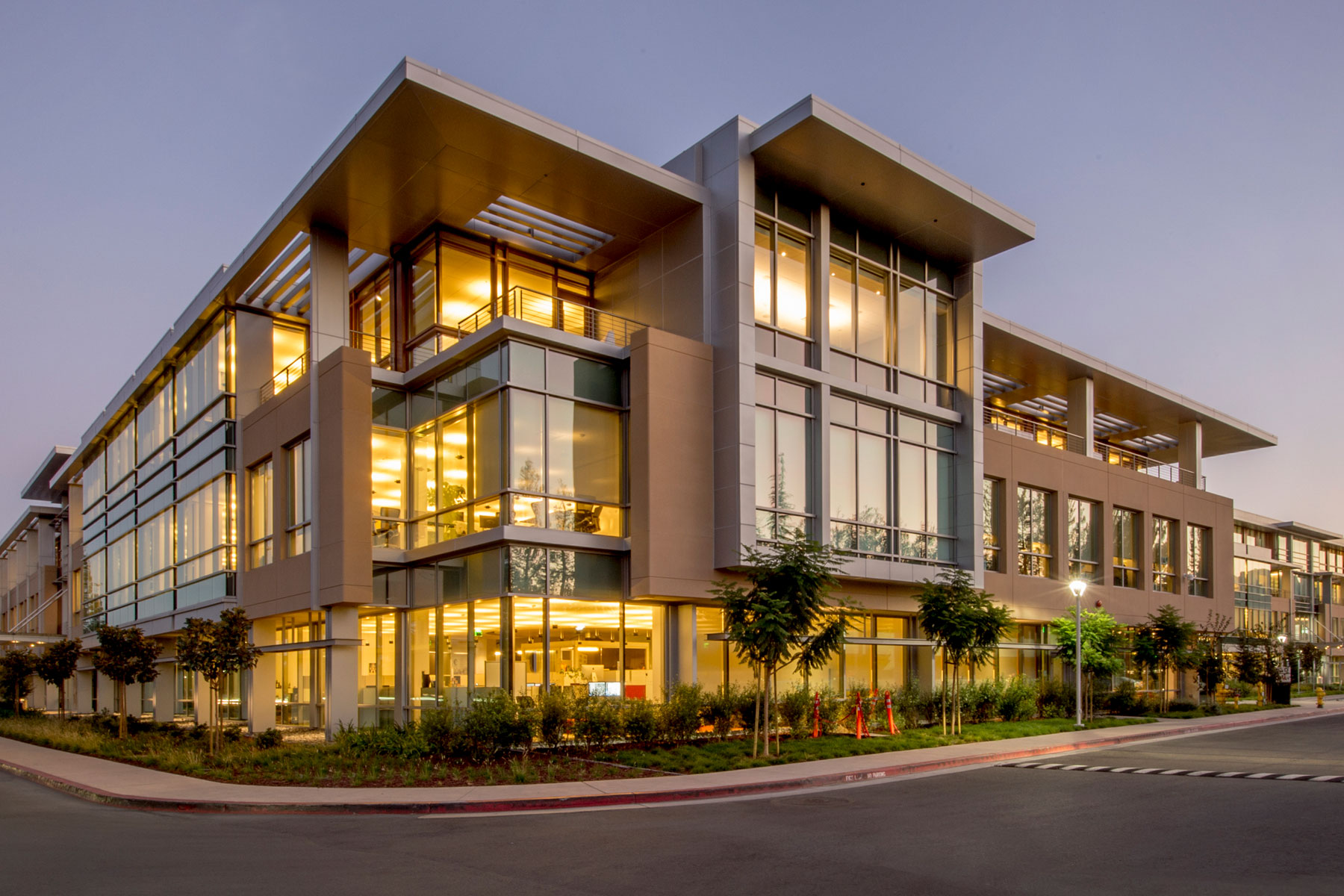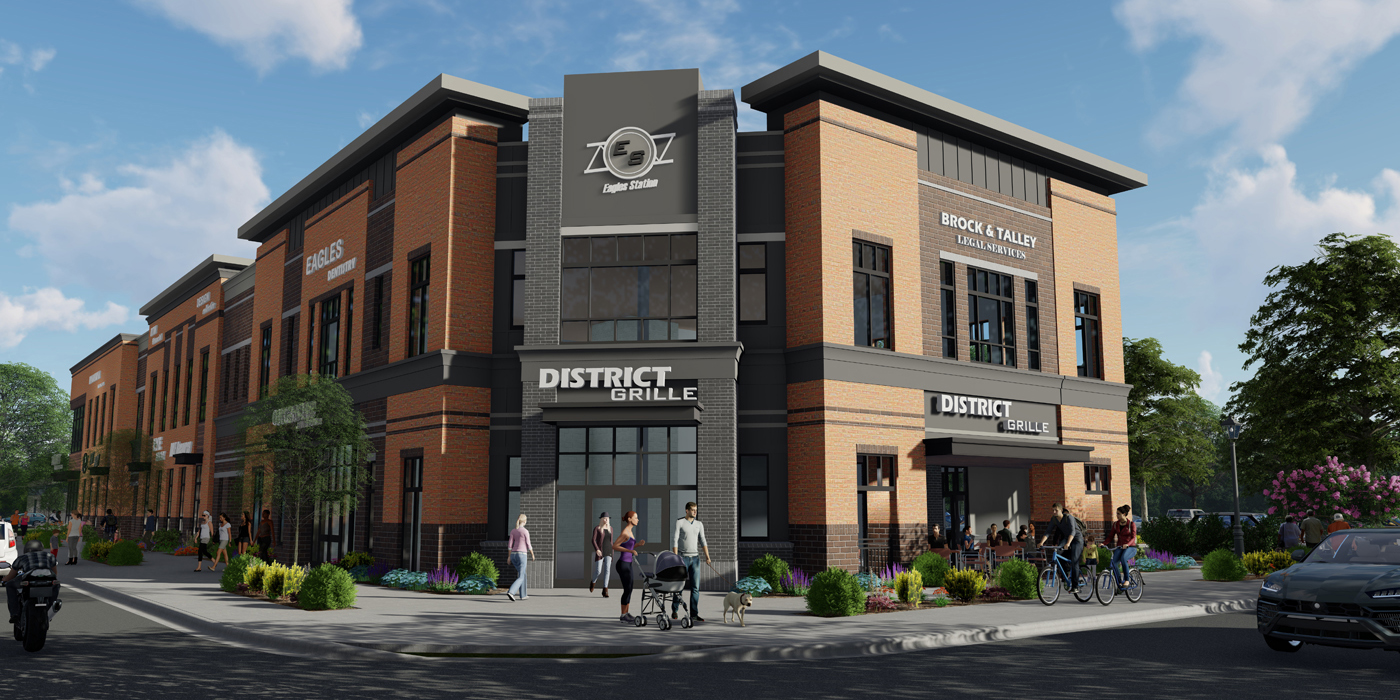Unveiling the Comprehensive Providers Given by Commercial Architects for Modern Dope
Commercial Architects serve a vital feature in contemporary advancement jobs. They blend layout visual appeals with functionality while adhering to governing requirements. Their competence extends beyond mere construction, including sustainable methods and innovative innovations. As they navigate complicated zoning regulations, Architects work together with different stakeholders to bring visions to life. This diverse method raises questions regarding the advancing function of Architects in shaping modern-day spaces and the effect of their work on future developments.
Recognizing the Duty of Commercial Architects in Modern Advancement
In contemporary urban landscapes, Commercial Architects play a crucial function fit useful and visual rooms that fulfill varied company requirements. Their experience extends past simple layout; they browse complex zoning laws, building codes, and environmental laws. By collaborating with clients, they identify details needs, ensuring that each task straightens with the customer's vision while additionally taking into consideration functional aspects such as sustainability and cost-effectiveness. Commercial Architects are proficient at incorporating innovative modern technologies and materials into their designs, boosting both the capability and energy efficiency of structures. They perform extensive website analyses to evaluate the prospective challenges and possibilities presented by a location. Additionally, reliable interaction with professionals and various other stakeholders is necessary, ensuring that the task advances efficiently from conception to completion. Ultimately, Commercial Architects are critical in developing areas that not just accomplish sensible functions but likewise add to the overall character and vibrancy of urban settings.
Principle Style: Changing Ideas Into Fact
Concept style acts as an essential phase in Commercial architecture, where ingenious style options emerge from innovative brainstorming. This procedure relies on joint ideation, bringing together varied point of views to improve and improve preliminary principles. As concepts materialize, they transform from abstract ideas into substantial building realities.
Cutting-edge Layout Solutions
Transforming concepts into reality is the hallmark of cutting-edge layout services in Commercial style. These solutions mix imagination with capability, dealing with the special demands of modern-day growths. By leveraging advanced innovations and sustainable techniques, Architects craft spaces that are not only aesthetically enticing yet also efficient and versatile. Emphasis on user experience drives the design process, making certain that settings foster efficiency and partnership. Each job benefits from a customized approach, where ideas are diligently created to show the client's vision while thinking about future patterns. Innovative style solutions also focus on flexibility, enabling alterations gradually as organization needs evolve. Eventually, these methods boost the overall worth of Commercial rooms, making them essential in today's affordable landscape.

Collective Ideation Refine
Collaboration functions as the foundation of the ideation procedure in Commercial design, promoting creativity and technology amongst diverse stakeholders. Architects, clients, engineers, and community participants take part in dynamic conversations, making sure that all point of views are considered. This inclusive strategy permits the exploration of various style ideas, motivating special remedies that align with the task's vision. Via workshops and conceptualizing sessions, ideas evolve and improve, changing first concepts into substantial designs. Technology likewise plays a crucial role, with devices such as Structure Details Modeling (BIM) assisting in real-time partnership and changes. Ultimately, this joint ideation procedure not just enhances the layout result however likewise cultivates a feeling of ownership and financial investment amongst all parties entailed, bring about effective Commercial developments.
Zoning Analysis: Navigating Rules and Conformity
As designers start on brand-new projects, understanding zoning policies is important to making sure compliance and staying clear of costly delays. Zoning analysis plays an important role in this process, as it includes evaluating neighborhood zoning laws that dictate land use, constructing elevation, density, and setbacks. Commercial Architects possess the competence to browse these intricate policies, assisting customers recognize permitted usages and any type of essential variances.
Sustainable Design Practices: Structure for the Future
Sustainable design practices are increasingly important in the domain of Commercial design, particularly as environmental worries continue to rise. Architects focus on environmentally friendly materials, energy-efficient systems, and style approaches that minimize waste and ecological effect. navigate to these guys Integrating eco-friendly power resources, such as photovoltaic panels and wind turbines, enables structures to create their own power and decrease dependence on fossil fuels.Furthermore, sustainable style highlights the importance of indoor environmental high quality. This consists of utilizing all-natural light, boosting ventilation, and choosing non-toxic materials to improve resident health and wellness and productivity. Environment-friendly roof coverings and living wall surfaces are likewise preferred attributes that add to biodiversity and metropolitan cooling.Additionally, Commercial Architects frequently incorporate water conservation strategies, like rainwater harvesting and drought-resistant landscape design. Through these cutting-edge approaches, they produce rooms that not only meet contemporary demands but likewise cultivate a sustainable future, resolving the expanding need for liable advancement in the modern globe.
Job Administration: Ensuring Timely and Effective Execution
Reliable task monitoring is necessary for guaranteeing that Commercial design jobs are finished on time and within spending plan. This function includes a series of duties, including the coordination of various stakeholders, timelines, and sources. Commercial Architects leverage their experience to create detailed project strategies that outline important milestones and deliverables, permitting organized development tracking.Regular interaction amongst employee and clients is important, promoting transparency and promoting prompt decision-making. Danger administration techniques are also employed to recognize possible challenges early, enabling positive services to be established. By using advanced project management devices, Architects can check job efficiency in real-time, making adjustments as essential to preserve efficiency.
Interior Decoration: Producing Functional and Aesthetic Rooms
Interior decoration plays a vital duty in boosting both performance and visual appeal within Commercial spaces. Effective room preparation can optimize workflow and enhance customer experience, while visual style concepts add to an aesthetically enticing setting - commercial architects. Together, these components develop rooms that are not just practical but also inspiring
Space Preparation Performance
While making best use of the energy of available area, Commercial Architects prioritize space preparation effectiveness to produce both functional and aesthetically pleasing settings. This approach entails mindful analysis of the spatial design to guarantee suitable use of every square foot. Architects consider elements such as process, ease of access, and natural light to enhance use. By strategically positioning furniture, equipment, and workstations, they facilitate activity and communication amongst customers, advertising productivity. Furthermore, zoning different locations for details features helps in managing noise and privacy, producing a harmonious atmosphere. With efficient area planning, Commercial Architects can transform restrictions right into opportunities, making certain that each area fulfills the varied why not try these out requirements of its residents while sticking to regulatory needs and industry criteria.
Visual Layout Concepts
Visual layout concepts play a necessary role fit settings that are not only useful yet additionally aesthetically attractive. These principles guide Commercial Architects in producing rooms that reverberate with users while boosting brand identification. Crucial element include equilibrium, percentage, and harmony, which interact to produce a cohesive appearance. Color design and products are thoroughly picked to evoke wanted emotions and support the overall motif. In addition, illumination plays a critical function, affecting state of mind and presence while highlighting building attributes. By integrating these concepts, Architects guarantee that rooms are not only sensible however likewise inviting and motivating. Inevitably, reliable aesthetic design cultivates a positive customer experience, motivating involvement and contentment in Commercial atmospheres.
Cooperation With Stakeholders: Fostering Effective Partnerships
Effective partnerships in Commercial design depend upon efficient cooperation with stakeholders, making certain that every voice is heard and valued. This collaborative approach involves appealing numerous events, consisting of clients, specialists, and area members, throughout the layout and development process. By promoting open interaction, Commercial Architects can address worries, collect understandings, and align the project's vision with stakeholder expectations.The combination of diverse viewpoints improves imagination and advancement, resulting in even more practical and visually pleasing styles. Normal meetings, responses sessions, and workshops facilitate this discussion, permitting Architects to adapt their strategies in reaction to stakeholder input. In addition, developing depend on with openness and liability strengthens these partnerships, leading to a smoother project execution.Ultimately, the success of modern advancements depends upon the Architects' ability to browse and balance differing interests, producing a joint setting that promotes shared goals and mutual success.
Often Asked Concerns
Exactly How Do Commercial Architects Take Care Of Budget Plan Constraints Throughout a Project?

What Types of Software Program Do Commercial Architects Generally Use?
Commercial Architects frequently utilize software such as AutoCAD for drafting, Revit for Building Info Modeling, SketchUp for 3D modeling, and task administration tools like Microsoft Task to boost collaboration and enhance process throughout the design procedure.
Can Commercial Architects Help With Getting Funding for Projects?
Commercial Architects can aid in acquiring funding for projects by preparing thorough proposals, helping to verbalize layout visions, and providing economic forecasts that can enhance the chance of protecting required financing from financiers or banks.
Just How Do Architects Guarantee Security During the Construction Process?
Architects ensure safety during building and construction by implementing rigorous style standards, coordinating with engineers, performing normal site inspections, adhering to local regulations, and cultivating interaction amongst all stakeholders to alleviate threats and advertise a secure workplace.
What Recurring Assistance Do Architects Give After Project Conclusion?
After task completion, Architects use recurring assistance through upkeep appointments, efficiency assessments, go now and design alterations. They guarantee structures fulfill developing demands, address prospective problems, and maintain conformity with policies, cultivating a lasting connection with clients.